Nationality Colombian Name Virginia Vallejo | ||
 | ||
Spouse David Stivel (m. 1978–1981), Fernando Borrero (m. 1969–1971) Similar People Pablo Escobar, Alberto Santofimio, Gustavo Gaviria, David Stivel, Luis Carlos Galan | ||
Virginia vallejo diva colombiana de los 80 s wmv
Virginia Vallejo García (born 26 August 1949) is a Colombian author, journalist, television Anchorwoman, media personality, socialite, and political asylee in the United States of America. On July 18, 2006, the DEA took her out of Colombia in a special flight to save her life and cooperate with the Department of Justice in high-profile cases, after she had publicly accused several Colombian presidents and politicians of being beneficiaries and accomplices of the leading cocaine cartels.
Contents
- Virginia vallejo diva colombiana de los 80 s wmv
- What is Virginia Vallejo Explain Virginia Vallejo Define Virginia Vallejo
- Family and childhood
- Early career and marriages
- Introduction
- 1970s
- 1980s
- 1990s
- 2000s
- Exile to the US
- Loving Pablo Hating Escobar Amando a Pablo odiando a Escobar
- Testimony in the siege of the Palace of Justice
- Testimony in the assassination of Luis Carlos Galn
- Political asylum in the United States of America
- Verdicts against the military and Alberto Santofimio
- Portrayals in art entertainment and media
- References
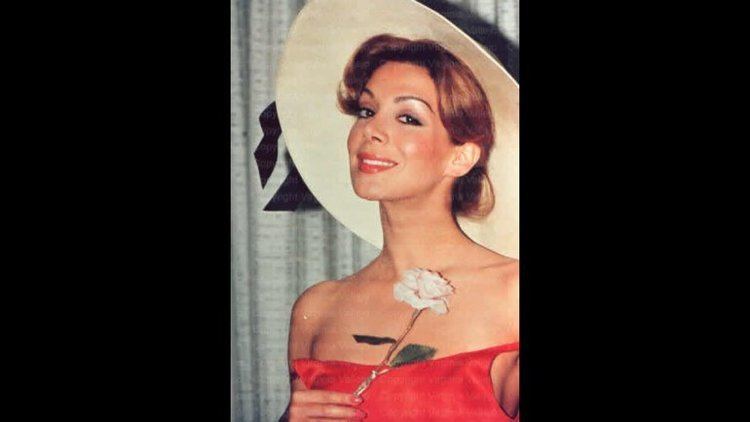
What is Virginia Vallejo?, Explain Virginia Vallejo, Define Virginia Vallejo
Family and childhood
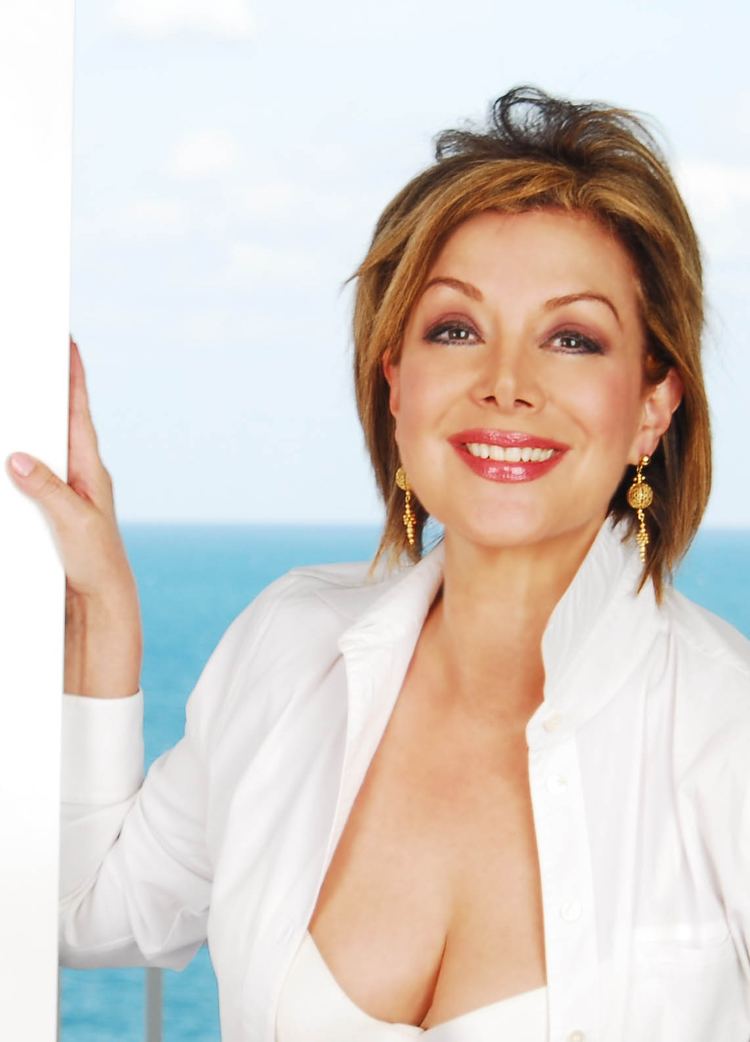
Virginia Vallejo was born on August 26, 1949 in Cartago, Valle del Cauca, Colombia, near her family’s ranch. Her parents were Juan Vallejo Jaramillo, an entrepreneur, and Mary García Rivera. Her grandfather, Eduardo Vallejo Varela, had been minister of economy; and her grandmother, Sofía Jaramillo Arango, was a descendent of Alonso Jaramillo Andrade y Céspedes, a nobleman from Extremadura, Spain.
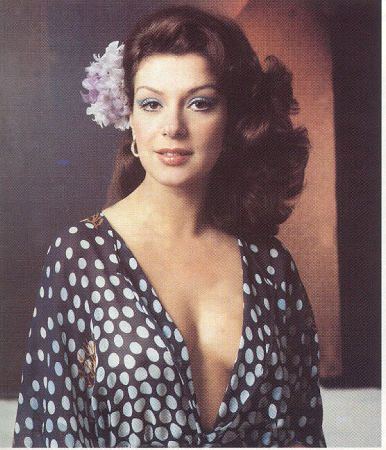
In 1950, the young family returned to Bogotá, where her siblings, Felipe (1951), Antonio (1955-2012), and Sofía (1957) were born. She studied first in the kindergarten of Elvira Lleras Restrepo, sister of President Carlos Lleras Restrepo, a friend of her family. Then, in the Anglo Colombian School, co-founded by her great uncle Jaime Jaramillo Arango, former minister of education and ambassador to London, Berlin, the United Nations and UNESCO.
Early career and marriages

In 1967 and 1968, she worked as an English teacher in the Centro Colombo Americano in Bogotá and, in 1969, in the presidency of Banco del Comercio. The same year, she married the architect of the bank, Fernando Borrero Caicedo, CEO of Borrero, Zamorano and Giovanelli, but they were divorced in 1971. In 1972, while she was working as Director of public relations of Cervecería Andina, she received an invitation to join an upcoming television program directed by Carlos Lemos Simmonds and Aníbal Fernández de Soto.
In 1978, she married David Stivel, the Argentinian television, theater and film director, and head of the Clan Stivel. The marriage ended in 1981.
Introduction
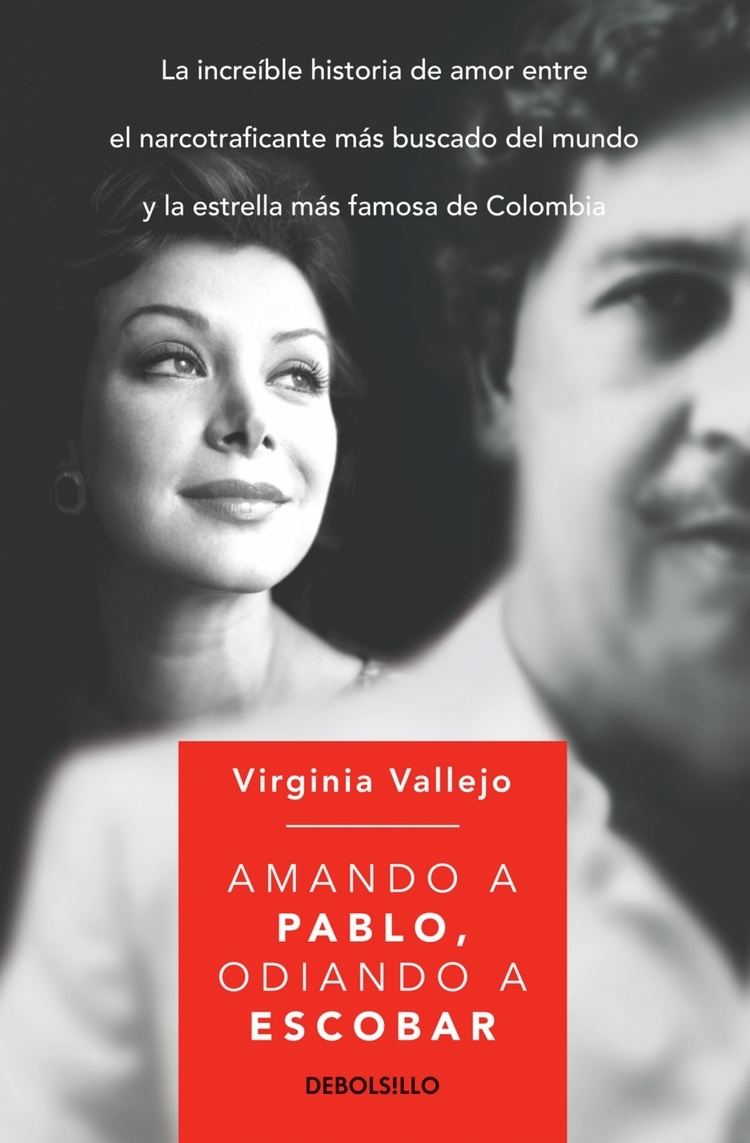
Until the year of 1998, there were only in Colombia three television channels, two commercial, and one official, that belonged to the Government. Inravisión, the official broadcasting entity, leased spaces to independent television producers known as programadoras, many owned by prominent journalists or presidential families. That is the reason why Virginia Vallejo could work simultaneously as a news anchor and presenter of other spaces.
1970s
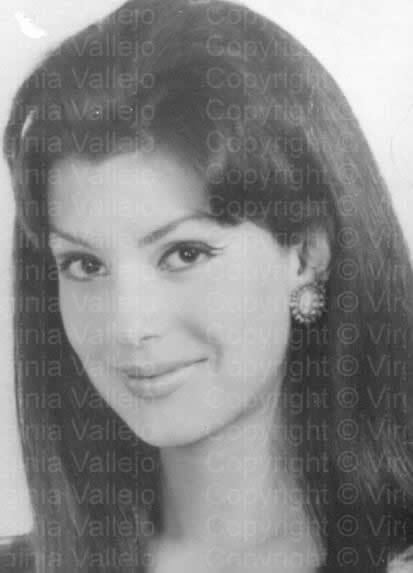
From 1972 to 1975, she was as the presenter of “¡Oiga Colombia, Revista del Sábado!”, a magazine directed by Carlos Lemos Simmonds and Fernández de Soto. From 1973 to 1975, as the Host of the television musical shows “Éxitos 73”, “Éxitos 74” and “Éxitos 75”, produced by THOY, the programadora of the family of President Julio César Turbay.

In 1973, she began working as a reporter in TV Sucesos-A3, the newscast directed by Alberto Acosta; and, from 1975 to 1977, she became the international editor. In the early and mid seventies, she hosted other television programs, like the quiz show TV Crucigrama, a cooking space with chef Segundo Cabezas, and a magazine for children.
In January 1978, she became the anchorwoman of Noticiero 24 Horas, aired at 7:00 PM, and directed by Mauricio Gómez and Sergio Arboleda. In March, the Government of Taiwan invited her to the inauguration of President Chiang Ching-kuo. The same year, she was elected as the vice-president of the board of directors of the ACL, Asociación Colombiana de Locutores (Association of Colombian Speakers). In 1978, 1979 and 1980, she won the award as the Best Television Anchor of the APE, Asociación de Periodistas del Espectáculo (Association of Entertainment Journalists).
In 1979, she co-starred the movie Colombia Connection of Gustavo Nieto Roa. In November, she appeared in Town & Country, opening the section The Beautiful Women of El Dorado. In 1979 and 1980, she presented ¡Cuidado con las Mujeres!, a magazine of RTI Producciones, directed by David Stivel.
1980s
In 1981, she founded her own programadora, TV Impacto, with the journalist Margot Ricci. In that year, the Government of Israel invited them to do a special program about The Holy Land.
In 1980 and 1982, she worked in Caracol Radio. She was the only journalist sent by a Colombian media to London to cover the wedding of the Prince of Wales, Charles, and Lady Diana Spencer, on July 29, 1981. Vallejo’s transmission for Caracol lasted three hours. She covered the Miss Colombia pageant for the same station until 1985.
Between 1981 and 1983, she directed her program ¡Al Ataque! She was the first Television journalist with interview Pablo Escobar, in January 1983, in the garbage dump of Medellín, where the young politician described the charity projects of Medellín Sin Tugurios, created by him and his partners, later called as the Medellín Cartel.
In 1983 and 1984, she presented Hoy por Hoy, Magazín del Lunes at 7 pm. In 1984, she made a television commercial for Medias Di Lido (pantyhose), in Venice, Italy, followed by three in Rio de Janeiro, San Juan and Cartagena. In 1983 and 1984, she presented the musical El Show de las Estrellas, directed by Jorge Barón. In 1984, she became the international editor of the Grupo Radial Colombiano, directed by Carlos Lemos Simmonds. In 1985, she became the anchorwoman of the newscast Telediario, directed by Arturo Abella.
In 1985, she appeared on the covers of Bazaar and Cosmopolitan. Also, in Elenco, a magazine of El Tiempo that presented her as “the symbol of an era”. In 1988, she won a scholarship of the German Government, and she studied economic journalism in Berlin at the Internationales Institut für Journalismus.
1990s
In 1991, she returned to Colombia to co-star the soap opera Sombra de tu Sombra of Caracol Televisión. In 1992, she presented ¡Indiscretísimo!, directed by Manuel Prado. From 1992 to 1994, she worked in radio. In October of 1994, she ended her career in the Colombian media in order to open the South American operation of a multilevel company based in the United States.
2000s
Between 2009 and 2010, she worked as a Columnist for the Venezuelan newspaper 6to Poder, directed by the opposition journalist Leocenis García; but, President Hugo Chávez closed the newspaper and jailed the director.
Exile to the U.S.
In early July 2006, Vallejo had offered her testimony in the case against Alberto Santofimio, a former Justice Minister and associate of Pablo Escobar, head of the Medellín cartel and her lover from 1983 to 1987. The politician was on trial for conspiracy in the assassination of Luis Carlos Galán, a presidential candidate killed by Pablo Escobar on August 18, 1989. The following week, the Prosecutor Edgardo José Maya Villazón closed the case “for lack of evidence”. All of Escobar’s hitmen in the crime and several key witnesses against Santofimio had been killed, so Vallejo contacted the American Embassy in Bogota and asked the US Government to help to save her life in exchange for information on the associates of Pablo Escobar and brothers Gilberto and Miguel Rodriguez Orejuela of the Cali cartel, Pablo Escobar’s nemesis. The brothers had been extradited by President Álvaro Uribe, and the trial would open in Miami in a few weeks.
The flight of the celebrity made news worldwide, and a home video that Vallejo had taped before her departure to protect her life was aired by Canal RCN of Colombia; according to the channel, it was watched by 14 million people, with higher rates of audience than the World Soccer Cup final of 2006 on June 9. Six weeks later, Miguel and Gilberto Rodriguez Orejuela pleaded guilty; they were sentenced to 30 years in prison, and the Department of Justice collected 2.1 billion in assets without going to trial.
Loving Pablo, Hating Escobar (Amando a Pablo, odiando a Escobar)
In 2007, Vallejo published Amando a Pablo, odiando a Escobar (In English: Loving Pablo, Hating Escobar), in which she describes, among other topics, her romantic relationship with Pablo Escobar; the origins of the rebel organizations in Colombia; the reasons for the explosive growth of the cocaine industry; the birth of MAS (Muerte a Secuestradores), which in English means Death to Kidnappers, The Extraditables, and the United Self-Defense Forces of Colombia; the links among the Medellin and Cali cartels, Caribbean dictators, and the Colombian presidents Alfonso López Michelsen, Ernesto Samper, and Álvaro Uribe; the siege of the Palace of Justice in 1985; Escobar's relationship with the extreme left and extreme right rebel groups; the horrors during the era of narcoterrorism from 1988 -1993; and the hunt for and death of her former lover on December 2, 1993. Vallejo’s memoir became the number one bestselling Spanish-language book in both Colombia and the United States.
Testimony in the siege of the Palace of Justice
In July 2008, Vallejo testified in the reopened case of the Palace of Justice siege (November 6 & 7, 1985), a massacre that cost the lives of more than 100 people, including 11 Supreme Court Justices, rebels of the M-19, government agents and dozens of unarmed civilians. In the chapter “That Palace in Flames” (“Aquel Palacio en Llamas”), she had detailed the reasons of each group of actors involved in the tragedy: “Though the M-19 and the Medellin cartel were responsible for the siege, the military were responsible for the massacre”. Also, she signaled at the lack of action of President Belisario Betancur: “The rebel commanders of the M-19 took the Justices as hostage to force the government to listen to their demands, including rejection of the extradition treaty. But, President Betancur refused to take the calls of the President of the Supreme Court, Magistrate Reyes Echandia, pleading to save their lives and, instead, allowed the army and the police to bomb a building with 400 people inside”. In her testimony under oath, she described what Pablo Escobar had told her the following year, after ten months of separation, “The people detained after the fire, many with third degree burns, were sent to military garrisons where they were tortured - and the women gang-raped - in the hope of finding the hiding places of other rebel commanders and the money that I had paid them to steal my files before the Court ruled on our extradition. Then, the victims were killed and disappeared in cans of quicklime and sulfuric acid.” At the end of that chapter, she had summarized the tragic events: “That holocaust was the conflagration of the Colombian justice system and the triumph of the establishment, the traditional parties, and “Los Extraditables” with Escobar at the head".
Testimony in the assassination of Luis Carlos Galán
In July 2009, Vallejo testified in the reopened case of the assassination of presidential candidate Luis Carlos Galán which occurred on August 18, 1989, and signaled at Alberto Santofimio as the key instigator of the candidate’s assassination. She described how, in 1984 and 1985 and in her presence, Alberto Santofimio had repeatedly asked Pablo Escobar to “eliminate Senator Galan before he could become the president and extradite him”.
Political asylum in the United States of America
Due to brutal retaliation and thousands of threats posted under the name of Vallejo in the search engines from 2007 to 2010, the United States of America granted her political asylum on June 3, 2010.
Verdicts against the military and Alberto Santofimio
Twenty-five years after the Palace of Justice massacre, on June 9, 2010 judge Maria Stella Jara sentenced Colonel Alfonso Plazas of the army to 30 years in prison for forced disappearance of the detained. President Uribe attacked the verdict on television and offered his protection to the military. The next week, with a European human rights organization, judge Jara had to flee Colombia and went into exile.
After 18 years of delays and appeals, in 2007 Alberto Santofimio received a sentence of 24 years in prison for conspiracy with Pablo Escobar in the assassination of Luis Carlos Galán.
Portrayals in art, entertainment, and media
Vallejo's life with Pablo Escobar is depicted in the 2012 Caracol TV series Escobar, el Patrón del Mal (Pablo Escobar, The Drug Lord), featuring Angie Cepeda playing Vallejo.
In the 2015 Netflix series Narcos, the character Valeria Velez, played by Stephanie Sigman, is based on Vallejo. Velez is depicted as Pablo Escobar's mistress and a key supporter of his political ambitions.
She was portrayed by Penélope Cruz in 2017 film Loving Pablo
